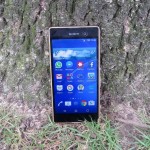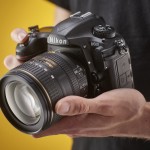
Bridge cameras are a versatile and affordable alternative to DSLRs which offer the same kind of manual controls and a huge zoom lens that covers everything from wide-angle to super-telephoto photography.
But there are two important differences to be aware of. The first is that bridge cameras have much smaller sensors than DSLRs or mirrorless cameras, so they can’t match them for picture quality. The second is that the lens is non-removable, so although it can handle a wide range of subjects, you can’t swap to a macro lens for close-ups, for example, or super-wideangle lens or a fast prime lens for low light photography.
If you’re not quite sure what kind of camera you need, read our simple step by step guide: What camera should I buy?
With bridge cameras you do get a lot of camera for your money, and they’re a great stepping stone for photographers who want to move on from simple point-and-shoot cameras. There are also a few now which have larger sensors and better picture quality and do get a lot closer to the performance of a DSLR.
These are our favorites right now:
The FZ1000’s 16x optical zoom is lower than typical bridge cameras, but that’s due to its sizeable 1-inch sensor that delivers a big boost in image quality. This isn’t just any old lens, either, but rather a Leica optic with a large f/2.8 maximum wide-angle aperture that narrows to a still-respectable f/4 at full zoom. This helps you capture shots in low light without resorting to high ISO sensitivities, whilst the Hybrid 5-axis Optical Image Stabilisation minimises camera shake. 4K (Ultra HD, strictly) 3840 x 2160 video recording, advanced autofocusing, a superb 2,359,000-dot electronic viewfinder and raw shooting all help make the FZ1000 our top pick.

Sony’s taken the 24-200mm zoom lens found in the RX10 II and put it on steroids, with the lens now covering a huge zoom range from 24-600mm. The constant maximum aperture of f/2.8 though is replaced with a variable range from f/2.4-4, but for the extra range, it’s worth the sacrifice. The 1-inch, 20.1MP sensor is capable of achieving excellent levels of detail, while the high ISO performance is also strong. The increased zoom range means the RX10 III is even bulkier than its predecessors though, but handling is very polished (we’d like to see the menu system refined a little though), feeling like a DSLR in the hand and complemented by a large and bright electronic viewfinder. That’s not forgetting the ability to capture video in 4K. The only real stumbling block is the price, costing even more than some very desirable DSLR and mirrorless options.
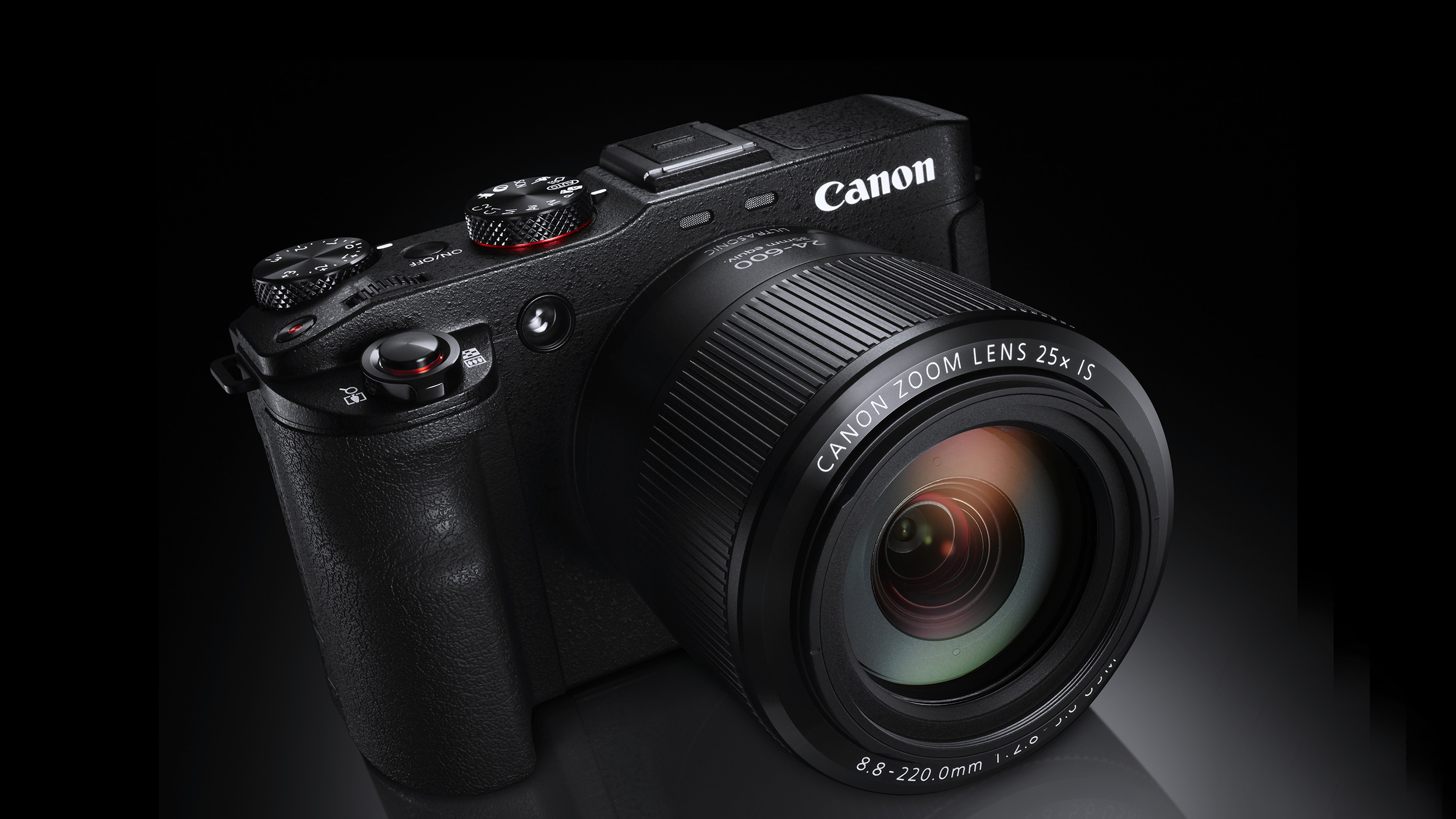
With its relatively large 1-inch sensor, this is Canon’s answer to the Panasonic FZ1000. The G3 X adds more zoom versatility though, thanks to its 25x optic that gives a 24-600mm-equivalent focal range. On the downside, the maximum aperture drops to f/5.6 at full zoom and the G3 X doesn’t have an electronic viewfinder. Canon has also fitted its premium Digic 6 image processor, though, and the 3.2-inch tilting touch-sensitive screen is top notch too, with a huge 1,620,000-dot resolution. The G3 X can shoot full HD but not 4K – you do get raw capture and image quality with plenty of detail, though noise can be intrusive above ISO 3200.
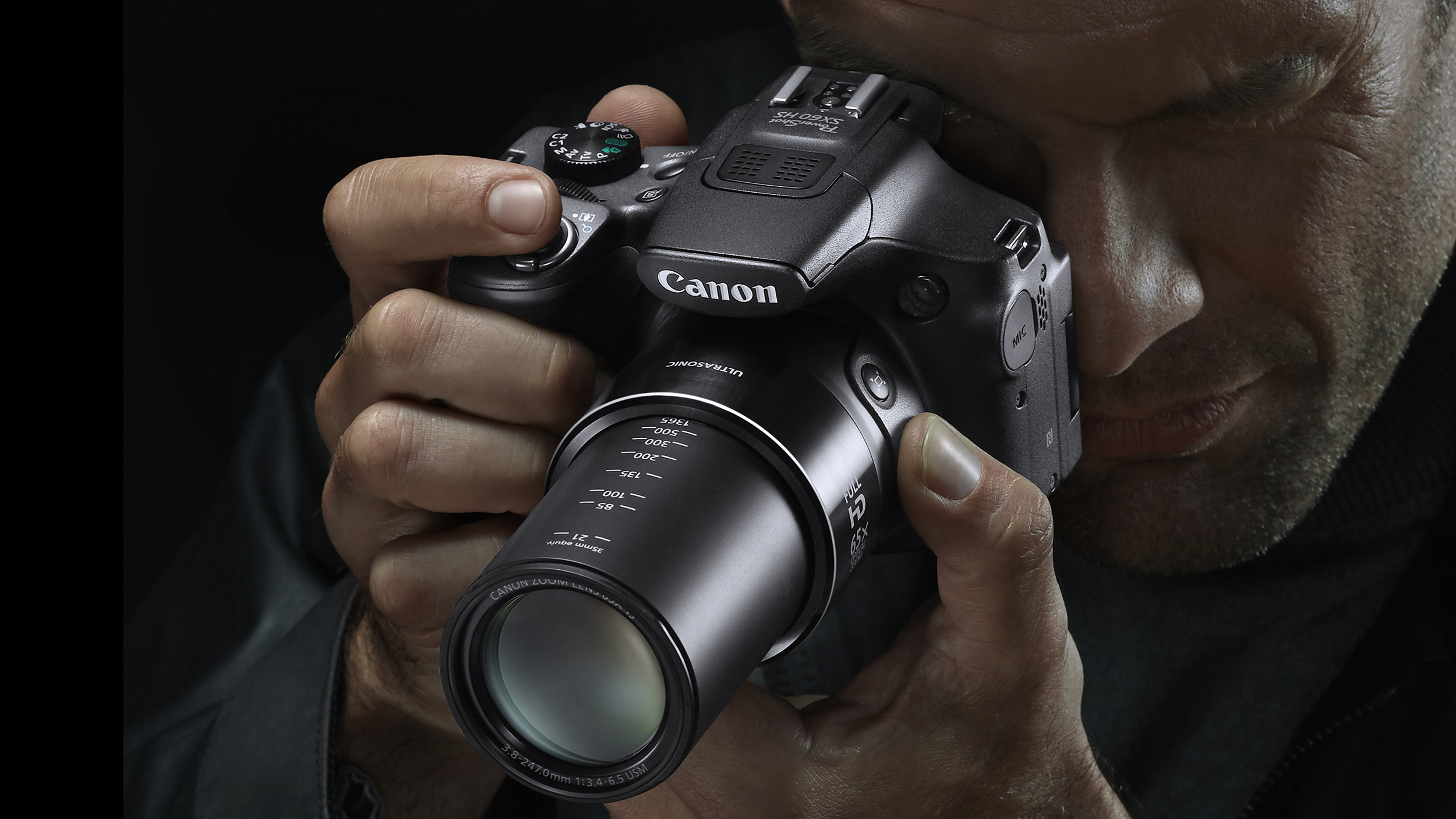
The SX60 HS is a more conventional bridge camera than our top trio, as it uses a smaller 1/2.3-inch sensor, enabling a huge 65x optical zoom range. It’s still got full manual control, though, plus an articulated screen, a good quality electronic viewfinder and the ability to shoot in raw. Inbuilt Wi-Fi with NFC is another bonus. Annoyingly there’s no eye sensor on the viewfinder, so you have to activate it manually. Image quality is very good, with bright and punchy colours, but it does struggle a little with very dark conditions and if you examine images at 100%, you’ll see some speckling and noise.
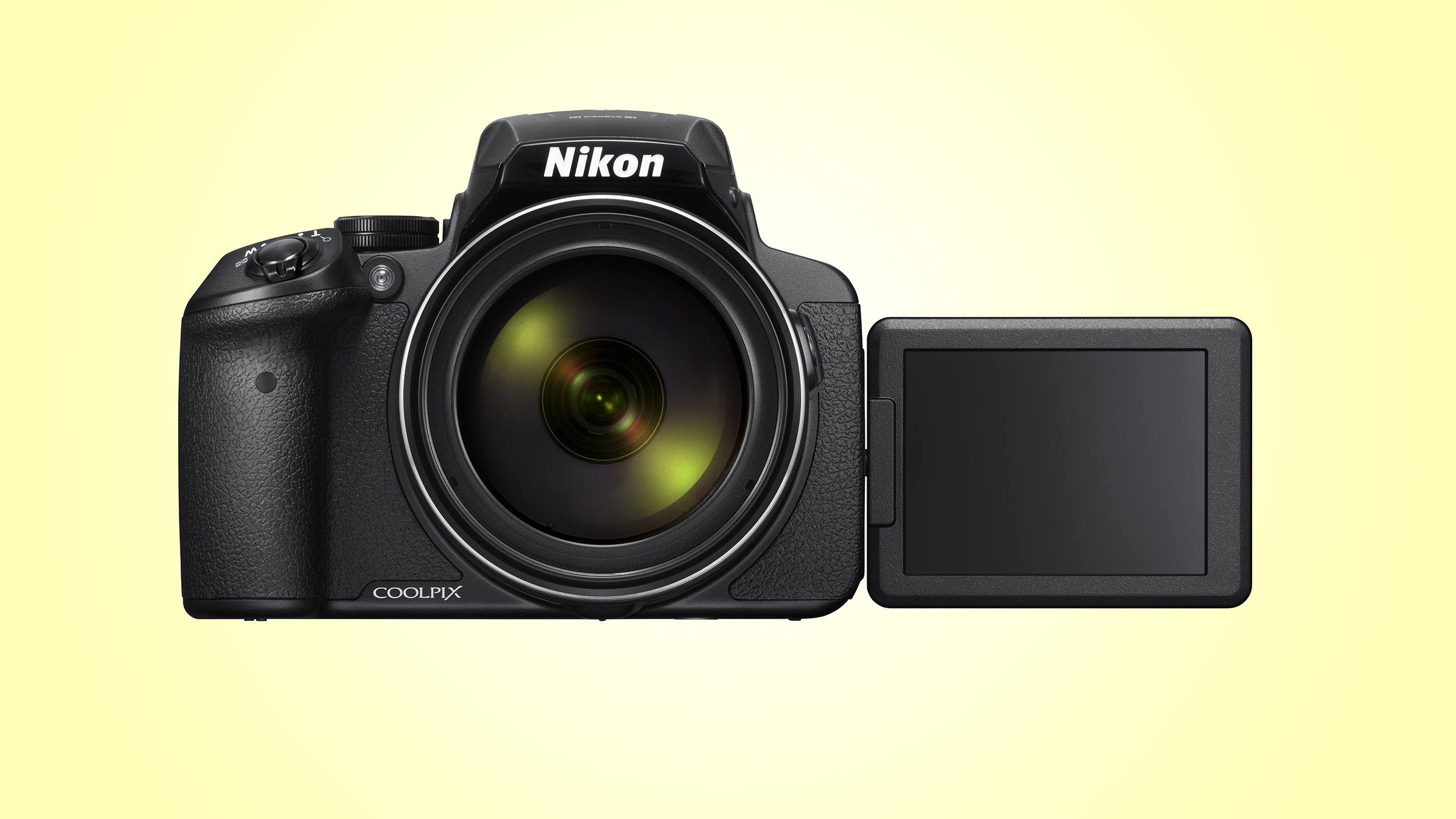
Thought Canon’s 65x SX60 HS was the limit for optical zoom range? Well Nikon has rewritten the rule book, as the P900’s incredible 83x lens currently gives it the accolade of world’s longest-zoom bridge camera. Such a massive lens does make this one hefty snapper, however. It’s considerably larger than Nikon’s P610 and 60% heavier, yet it shares many of the same features, like Wi-Fi with NFC pairing and an articulating screen. Image quality is also very similar to that of the P610, but the price certainly isn’t. The P900 will cost you around 80% more, which is hard to justify.

The FZ72 is one of the cheapest bridge cameras in our selection, yet it still sports a great zoom range with an impressive 20mm-equivalent wide angle focal length. Its lens aperture also opens up as wide as f/2.8, though it does narrow to f/5.9 at full zoom. Raw format recording and full manual control give the FZ72 enthusiast appeal, as does the attractive image quality. We would rank the FZ72 higher, but there?s no Wi-Fi and the relatively low screen and electronic viewfinder resolutions are a let-down. You’ll also have to do without an eye sensor to automatically switch between the two displays.
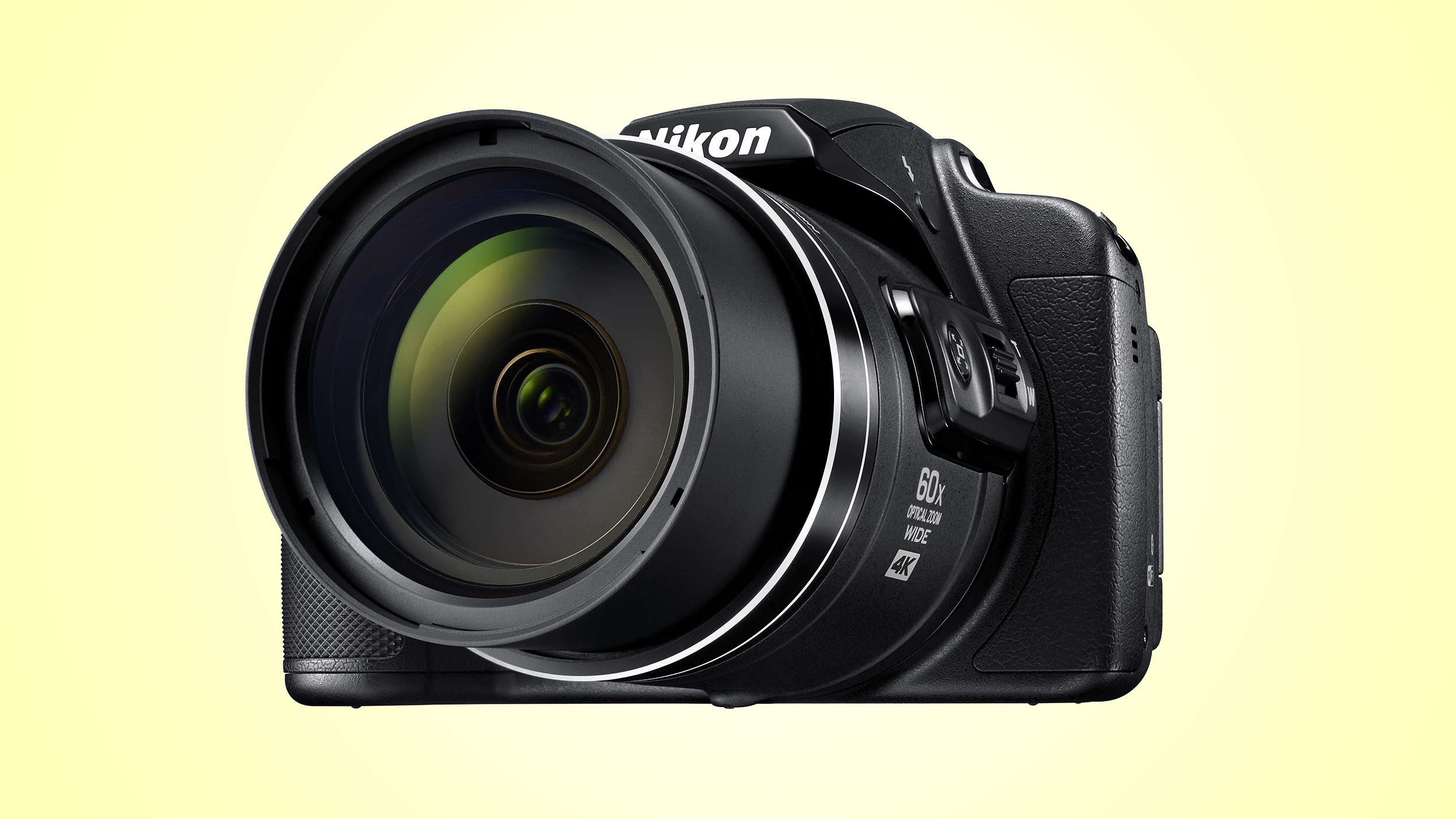
An upgrade to the popular Coolpix P610, there’s lots to like about the B700 from Nikon. Unlike the P610, the B700 can now shoot raw files, to get the best from the sensor, while the resolution jumps from 16MP to 20MP. The 60x zoom gives huge reach, while image quality is good up to ISO 800, with great colour reproduction and reasonable detail, whilst low light shots look good up to ISO 1600. There’s also now an eye sensor for the viewfinder, while you now get SnapBridge connectivity, plus an articulating screen which is useful for composing shots from awkward angles.
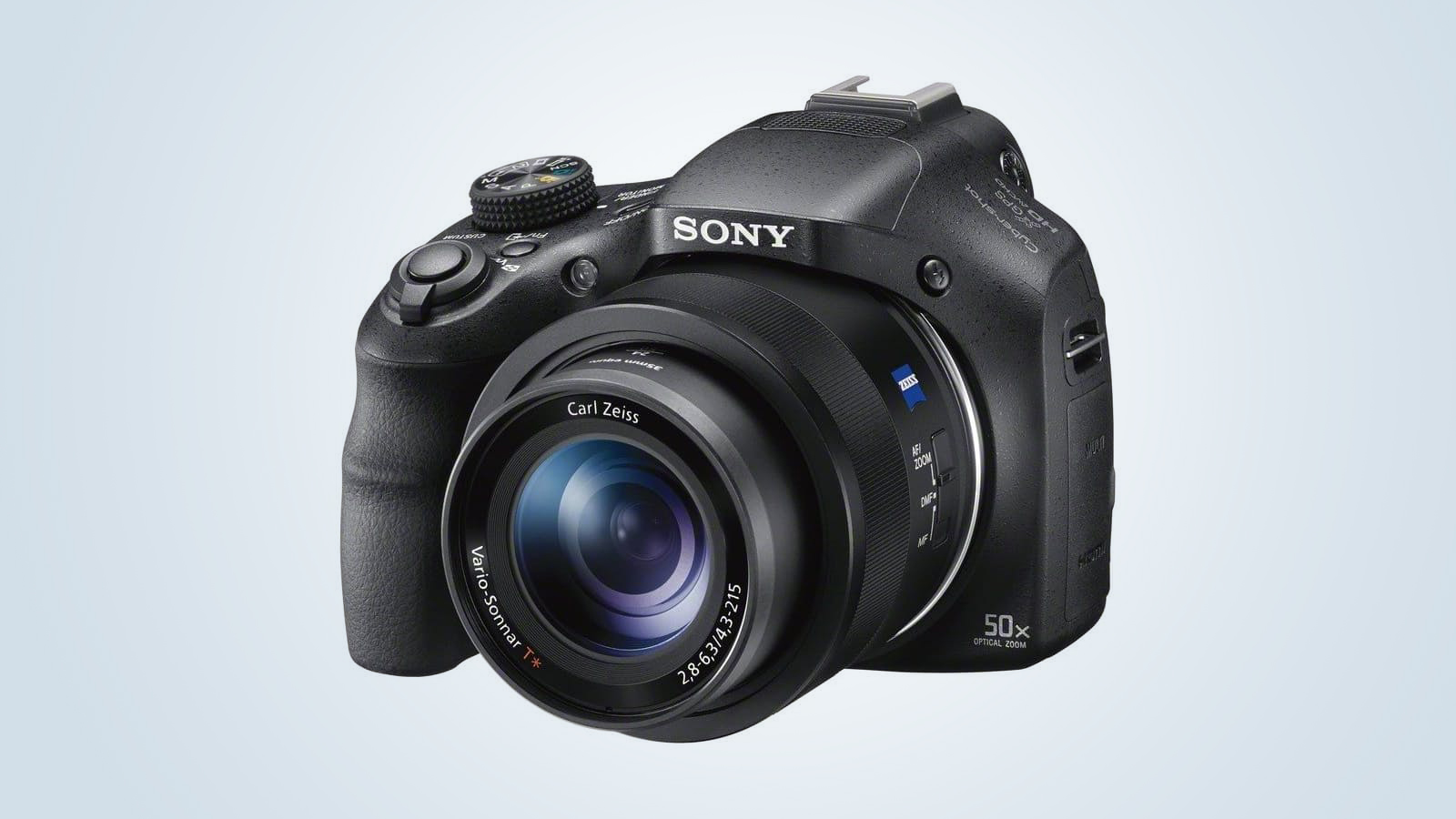
Sony’s premium superzoom bridge camera is closely matched with the Panasonic FZ72, but it loses out due to its higher price, JPEG-only image capture and lesser zoom range. Still, the HX400V claws back some ground by offering Wi-Fi. It’s also pleasure to use thanks to its ergonomic design and the tilting screen is another nice touch, though it won’t fully articulate. But more disappointing is the relatively low resolution electronic viewfinder. Although there’s no raw support, JPEG images have great colours and plenty of detail. Some image smoothing is visible at 100% image size, but it’s a common trait amongst small sensor bridge cameras.

Can’t stretch to Sony’s HX400V? Stepping down to the HX300 still gets you the same 50x optical zoom and 20.4-megapixel Exmor R sensor with its respectable image quality and Full HD video recording. It’s also just as robust as its sibling, and you’re treated to manual controls which include a DSLR-like zoom ring around the lens barrel. You’ll have to do without the HX400V’s Wi-Fi connectivity, GPS location tagging and hotshoe mount, plus a few other minor features. But if you’re just after a bridge camera that nails the basics and are happy to shoot in JPEG only, the HX300 ticks the right boxes.
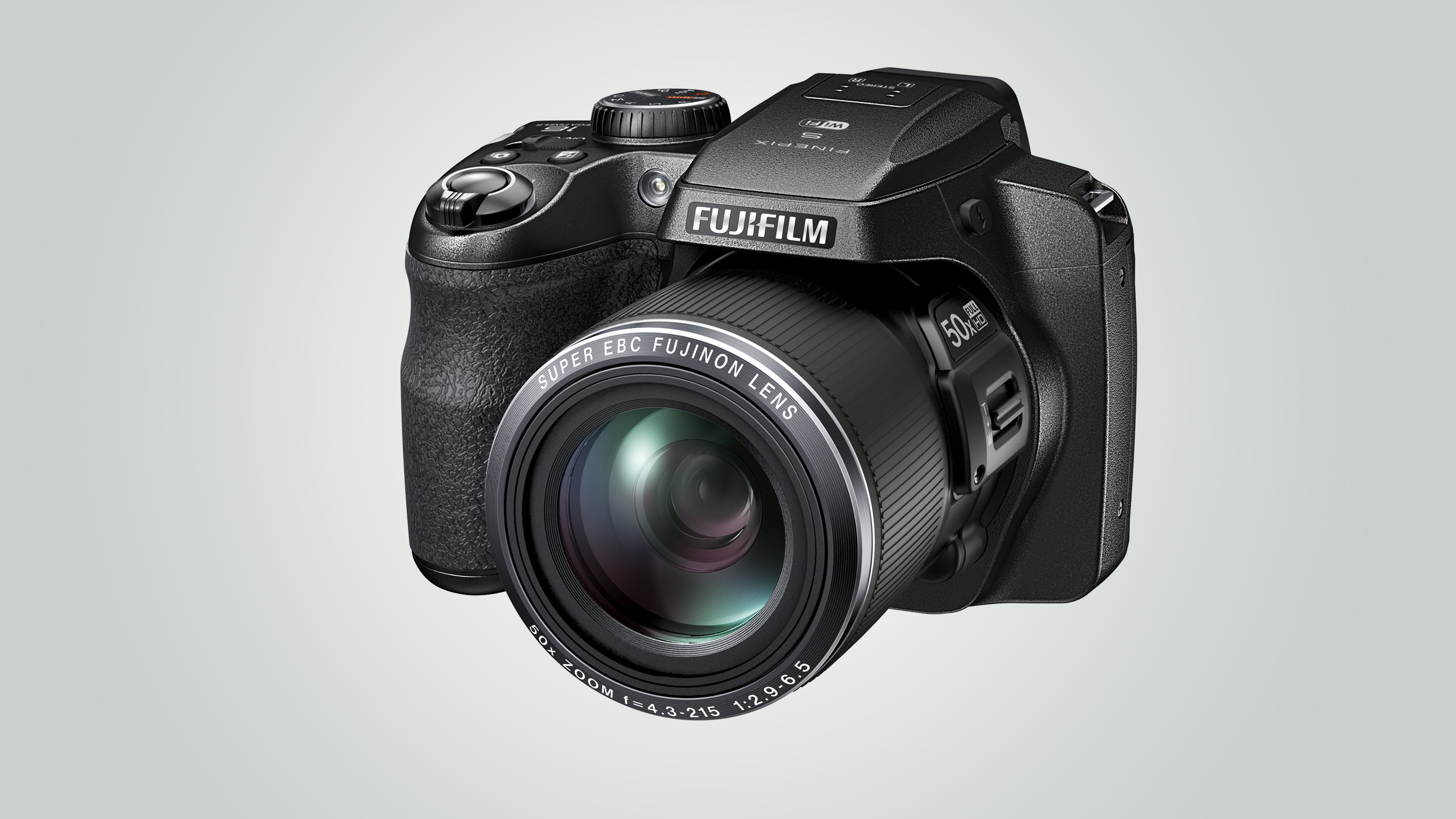
Last of the bunch is the Fuji S9900W – it’s getting on a bit and while the 50x optical zoom is good, the rest of the camera is looking a little dated now – the screen is quite low-res, while it only takes AA batteries. Worth a look if you’re on a tight budget, but you’re better served by the others above.
Source: techradar.com





































